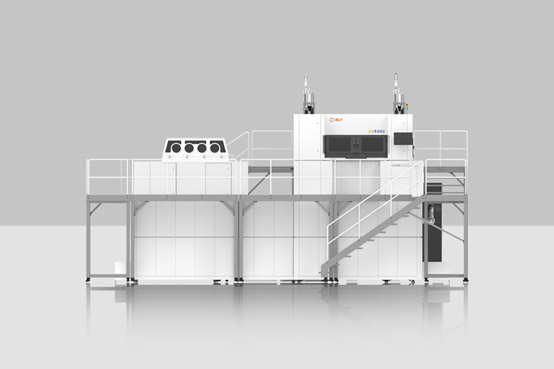On February 3, 2024, a significant achievement was reached as the SmartSat-2A satellite (also known as Jiagao Science and Technology Innovation No. 1) soared into space atop a Smart Dragon3 launch vehicle, launched by the China Aerospace Science and Technology Corporation (CASC) from the vicinity of Yangjiang, Guangdong. The satellite smoothly ascended to its designated orbit, with its solar panels and two-dimensional scanning radar phased array antennas elegantly unfurling in space. With the satellite now in its sun-synchronous orbit, the launch mission was declared a resounding success.
The successful orbital placement of the SmartSat-2A satellite marked a milestone for Smart Satellite, showcasing their capability to independently develop satellites weighing 200 kilograms or more, as well as design X-band SAR payloads. This achievement positions Smart Satellite as the pioneering aerospace company in China with integrated satellite and radar payload design capabilities.
The SmartSat-X1A, a satellite independently developed by Smart Satellite, features an integrated design approach for its synthetic aperture radar (SAR) payload. Its flat panel configuration aligns with future multi-satellite serial launches and demands lightweight and agile manufacturing of components. Here, metal 3D printing technology emerges as a pivotal enabler, offering inherent advantages in producing large-scale, intricately structured components for applications in aerospace. Its ability to ensure both quality and performance while streamlining production processes aids clients in cost reduction and efficiency enhancement.
BLT played a vital role in this endeavor, delivering one satellite body structure and three array panel structures, all meticulously produced through metal 3D printing. The panel structure measures 1300mm x 980mm x 20mm, while the satellite body structure measures 1300mm x 1126mm x 335mm, making it the largest 3D-printed satellite structure currently in orbit in China. Both the satellite body structure and panel utilize AlSi10Mg material, facilitating large-scale lattice-skin structures with a mere 0.5mm wall thickness and lattice filament diameter design. BLT team conducted thorough analyses of part characteristics and operating conditions, overcoming challenges of deformation of large-scale panel-type skin lattice components through meticulous process optimization. Leveraging two BLT-S1000 printing systems for parallel printing ensured project progression, thereby contributing significantly to the successful launch of the SmartSat-X1A satellite.
As the demand for high-performance aerospace components continues to soar, BLT’s innovative metal additive manufacturing turnkey solutions have positioned it as a key player in the industry. The scalability and precision offered by its large-format multi-laser printing systems like BLT-S1000, and BLT-1500 have enabled the production of complex parts with unmatched efficiency and accuracy. From satellite bodies to propulsion systems, metal additive manufacturing has not only accelerated the pace of aerospace innovation but has also contributed to cost reduction and enhanced sustainability.
Company Press Release


